Hello! For this weeks looking outwards I decided to explore Olia Lialina’s online art gallery. Olia is an internet artist and experimental film producer. She was born in Moscow and studied film criticism and journalism in Moscow State University, then got an art residencey in Budapest and Munich. Olia’s online gallery linked below is a massive website that displays her art in different spots on the page. With a galaxy background, navigating through the website shifts you around the page to different pieces and categories. I really like this piece because it navigating through it really does feel like walking through a well-curated gallery. I think this is an awesome example of what art galleries can look like in the finite in order to reach more people through the internet.
Center of the UniverseCategory: SectionB
Portrait
The first thing that came to mind when thinking of portrait is Warhol’s Mao. I radially sampled a portrait of Mao and mapped the sum of each sampled pixel’s red and blue values from 0 to 5, and used that as the size of each dot to make a pop-art-esk halftone effect. I attached a photo because the actual output is too big. Enjoy!!
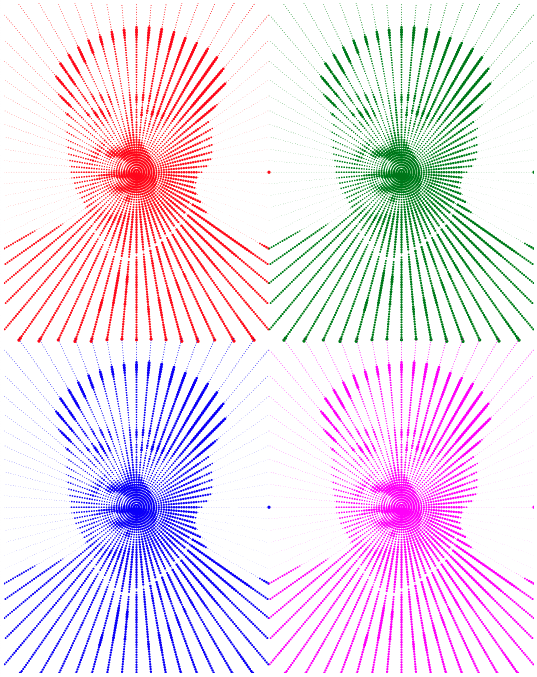
var img;
var step = 5;
var rmax = 6;
var xpos = [];
var ypos = [];
var rad = [];
function preload() {
img = loadImage('https://i.imgur.com/R13OPCr.jpeg');
}
function setup() {
createCanvas(2*530, 2*670);
image(img, 0, 0, width/2, height/2);
}
function draw() {
rectMode(CENTER);
noStroke();
var xposNum;
var yposNum;
for (var r = 0; r < img.width; r+=step) {
for (var theta = 0; theta < img.height; theta+=step) {
xposNum = img.width/2+r*cos(radians(theta));
yposNum = img.height/2+r*sin(radians(theta));
var c = get(xposNum,yposNum);
fill(c);
xpos.push(xposNum);
ypos.push(yposNum);
c = red(c)+blue(c);
c = map(c, 0, 510, 0, rmax);
if (xposNum > img.width || yposNum > img.height || xposNum < 0 || yposNum < 0) {
c = rmax;
}
rad.push(rmax - c);
}
}
background(255);
push();
for (var i = 0; i < xpos.length; i++) {
fill('RED');
ellipse(xpos[i], ypos[i], rad[i]);
}
translate(width/2, 0);
for (var i = 0; i < xpos.length; i++) {
fill('GREEN');
ellipse(xpos[i], ypos[i], rad[i]);
}
pop();
push();
translate(0, height/2);
for (var i = 0; i < xpos.length; i++) {
fill('BLUE');
ellipse(xpos[i], ypos[i], rad[i]);
}
pop();
push();
translate(width/2, height/2);
for (var i = 0; i < xpos.length; i++) {
fill('MAGENTA');
ellipse(xpos[i], ypos[i], rad[i]);
}
noLoop();
}Project 9: Portrait
//Patrick Fisher, Section B, wpf@andrew.cmu.edu Assignment -09-project
let img;
let drawState = 0; //variable to change the type of drawing that is happeing
let x2 = 5; //startin x variable for the bouncing drawing
let y2 = 5; //startin y variable for the bouncing drawing
let r2 = 5; //startin radius variable for the bouncing drawing
let dx2; //delta for x for bouncing drawing
let dy2; //delta for y for bouncing drawing
var ly1; //first end of the line for the line drawing
var ly2; //second end of the line for line drawing
var lx; //mid x point of the line for line drawing
function preload() {
img = loadImage('https://i.imgur.com/HFzVcQF.jpeg');
}
function setup() {
createCanvas(480, 480);
img.resize(480,480); //fits image to canvas
imageMode(CENTER);
noStroke();
background(255);
img.loadPixels();
dx2 = floor(random(1,10)); //sets delta x
dy2 = floor(random(1,10)); //sets delta y
while(dy2 == dx2){ //makes sure the deltas are not the same
dy2 = floor(random(1,10));
}
ly1 = random(0,height); //sets the random line locations
ly2 = random(0,height);
lx = random(50,width-50);
}
function draw() {
if(drawState == 0){ //line drawings
push();
strokeWeight(4);
let pix = img.get(lx,(ly1+ly2)/2);
stroke(pix,128);
line(lx-50,ly1,lx+50,ly2);
ly1 = random(0,height);
ly2 = random(0,height);
lx = random(50,width-50);
pop();
}
if(drawState == 1){ //bouncing drawing
let pix = img.get(x2,y2);
fill(pix,128);
circle(x2,y2,2*r2);
x2 += dx2;
y2 += dy2;
if(x2 >= width){
dx2 = -dx2;
}
if(y2 >= height){
dy2 = -dy2;
}
if(x2 <= 0){
dx2 = -dx2;
}
if(y2 <= 0){
dy2 = -dy2;
}
}
if(drawState == 2){ // square loop drawing
var xy3 = mouseX/10;
var rcnum = height/(xy3+1); //variable for the width of the square based on how many squares there are
background(255);
for(var col = 0; col <=xy3; col++){
for(var row = 0; row <= xy3; row++){
let pix = img.get((row*(rcnum))+(rcnum)/2,(col*(rcnum))+(rcnum)/2);
fill(pix,128);
square(row*(rcnum),col*(rcnum),(rcnum));
}
}
}
}
function mousePressed (){ //changes the drawing with a press of the mouse
if(drawState == 0) {
background(255);
drawState = 1;
}
else if(drawState == 1){
background(255);
drawState = 2;
}
else if(drawState == 2){
background(255);
drawState = 0;
}
}This project was a lot of fun. I had fun coming up with different ideas of how the photo could be revealed and while not simple, the coding process was rewardingly not strenous. I did have a lot of difficulty with imgur and p5.js trusting my image at first, including a few people commenting mean things, which was annoying.

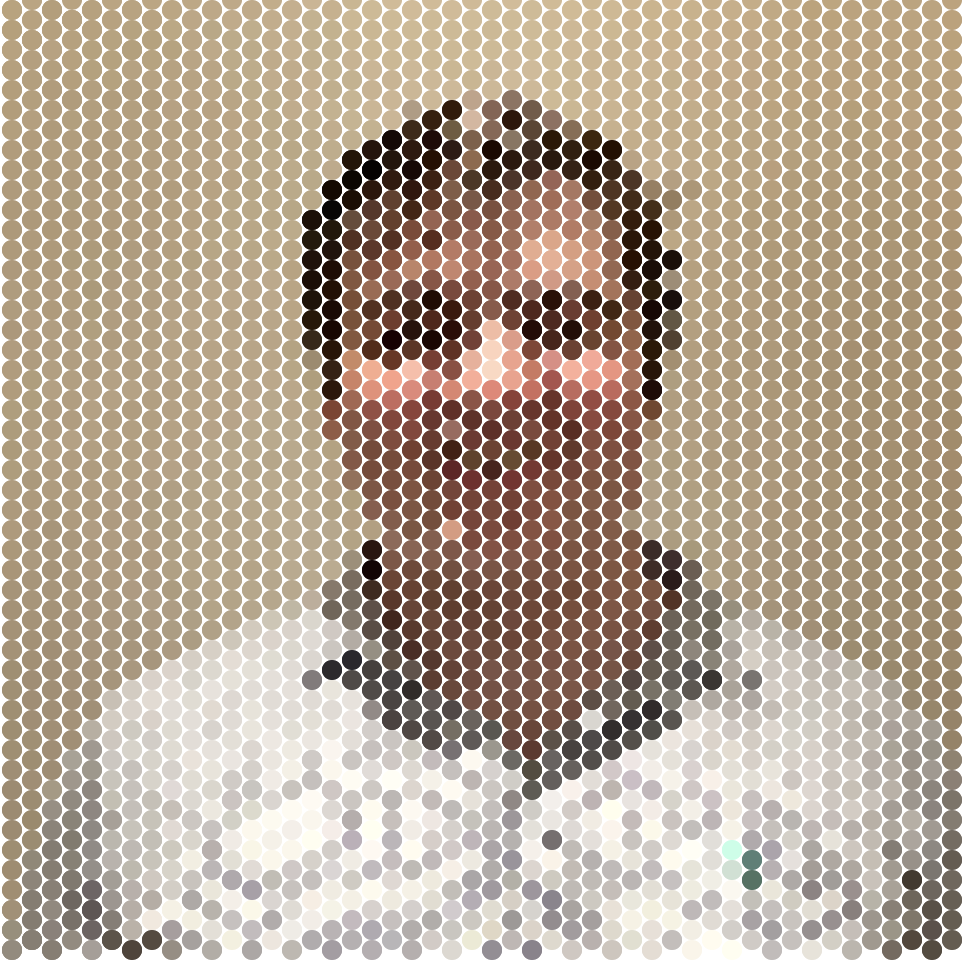
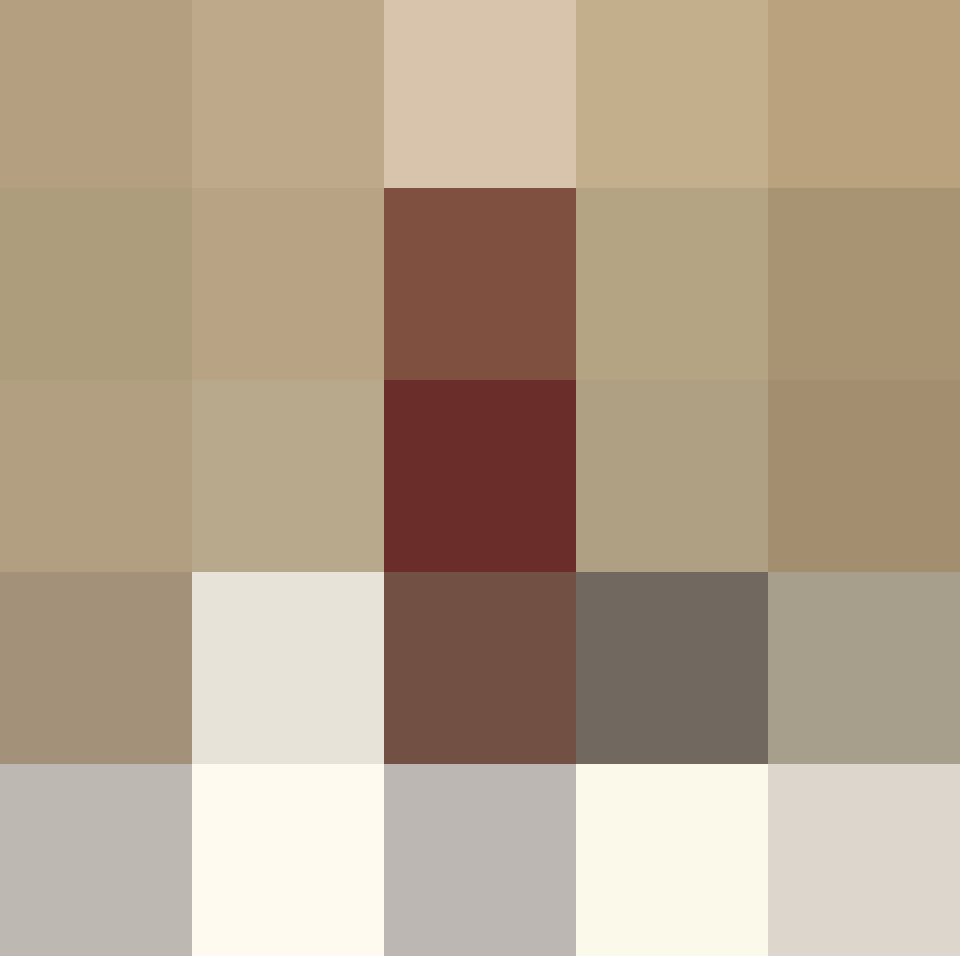
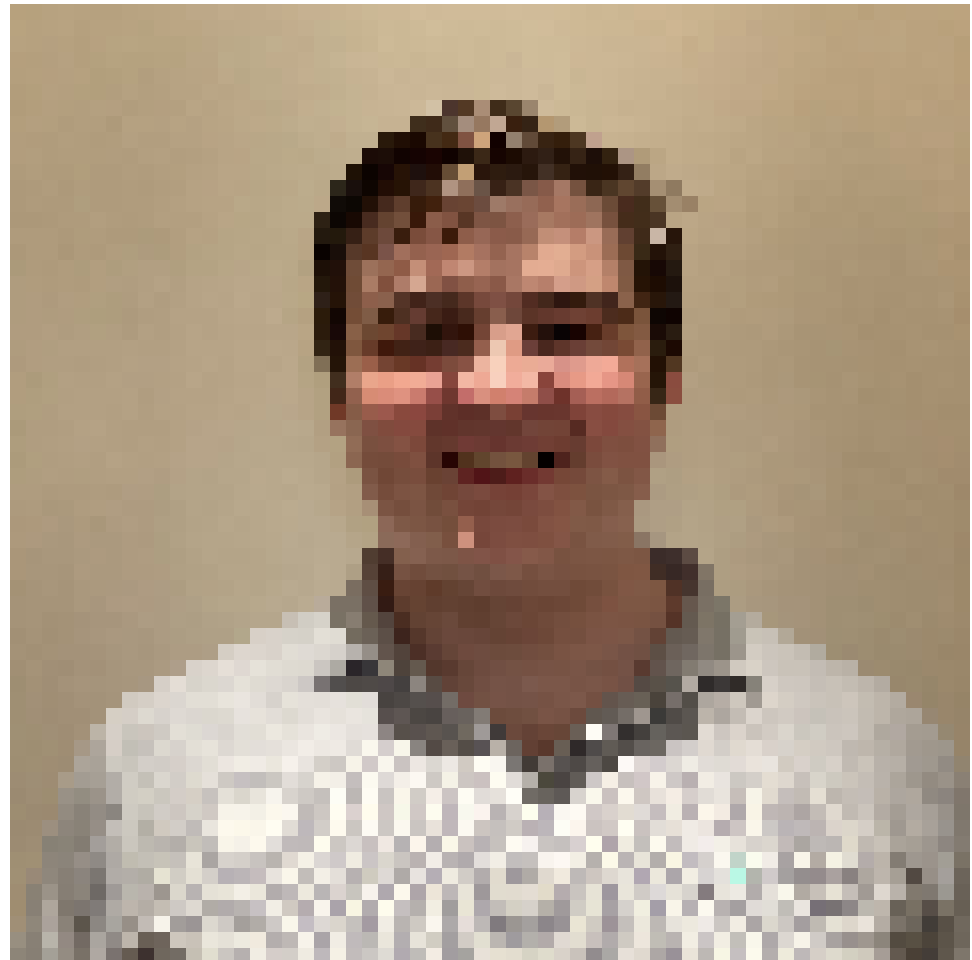
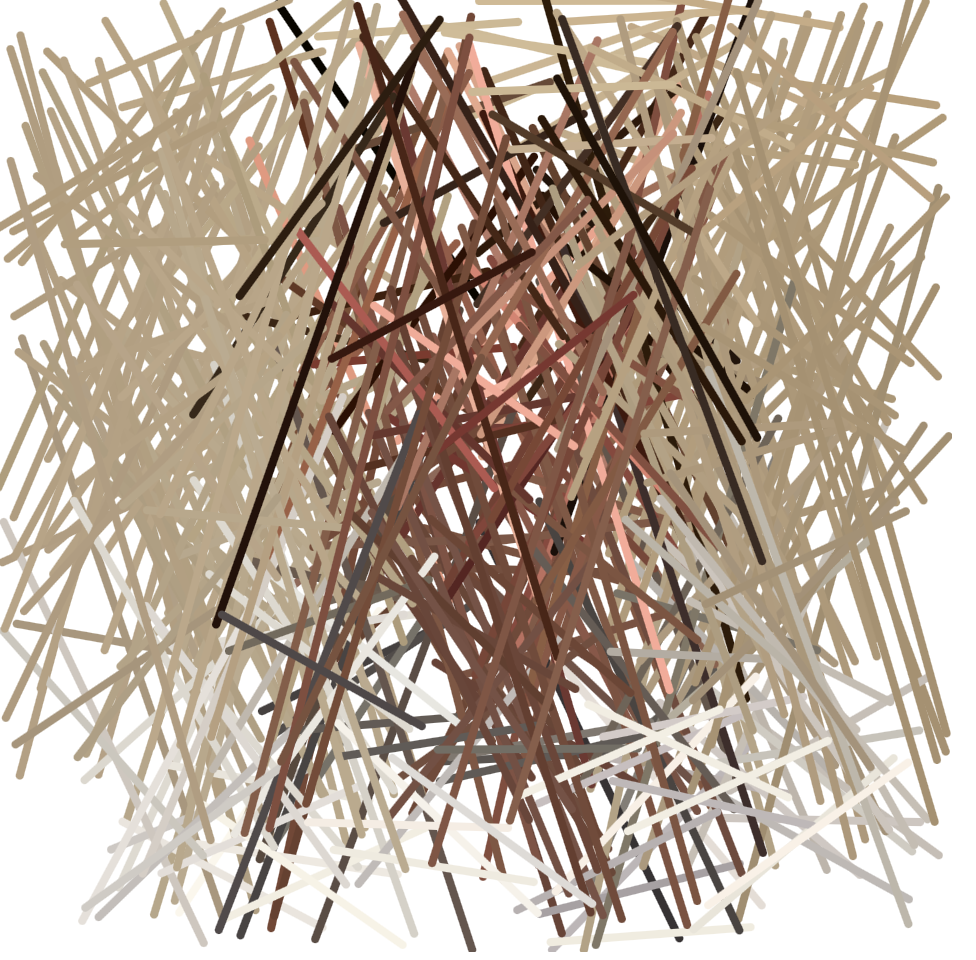
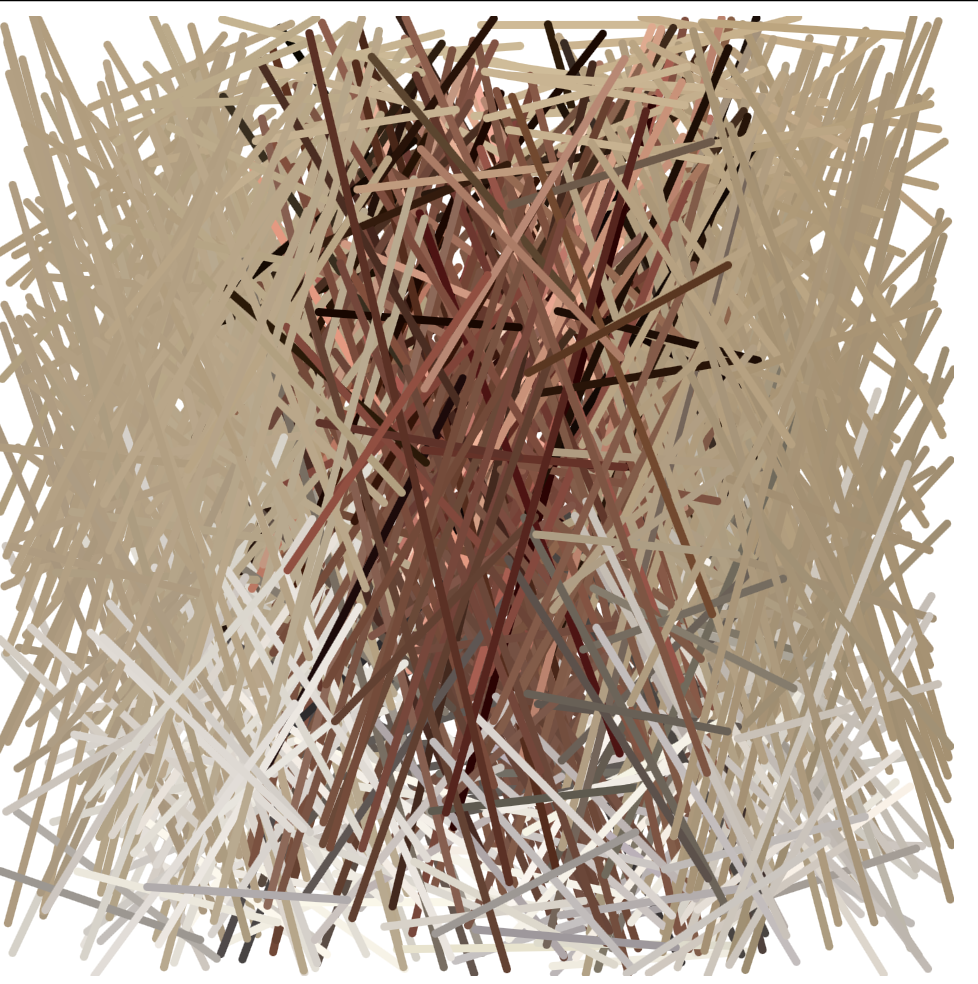
Looking Outwards 9
The this weeks focus on women and non-binary people in tech, I am looking at the work of Adrien Segal, specifically her series on Wildfire Progression. What I really like about it, and about all Segal’s work, is that her art says something as well as just being a beautiful thing. Her Wildfire progression series is meant to share details on how destructive the California wildfires have been. The pieces seem abstract but they are actually modeled using the data of where and how a notable wildfire grew. It’s haunting seeing these and understanding they are representations of thousands of acres burned, countless lives ruined, displaced, or even some sadly lost. Adrien herself is from Oakland, California so this work in particular is very close to home. She studied at the California College of Arts and is now currently a teacher there as well. Her other activist related art includes pieces on water rights and the polar ice caps.
Adrien Segal, Wildfire Progression
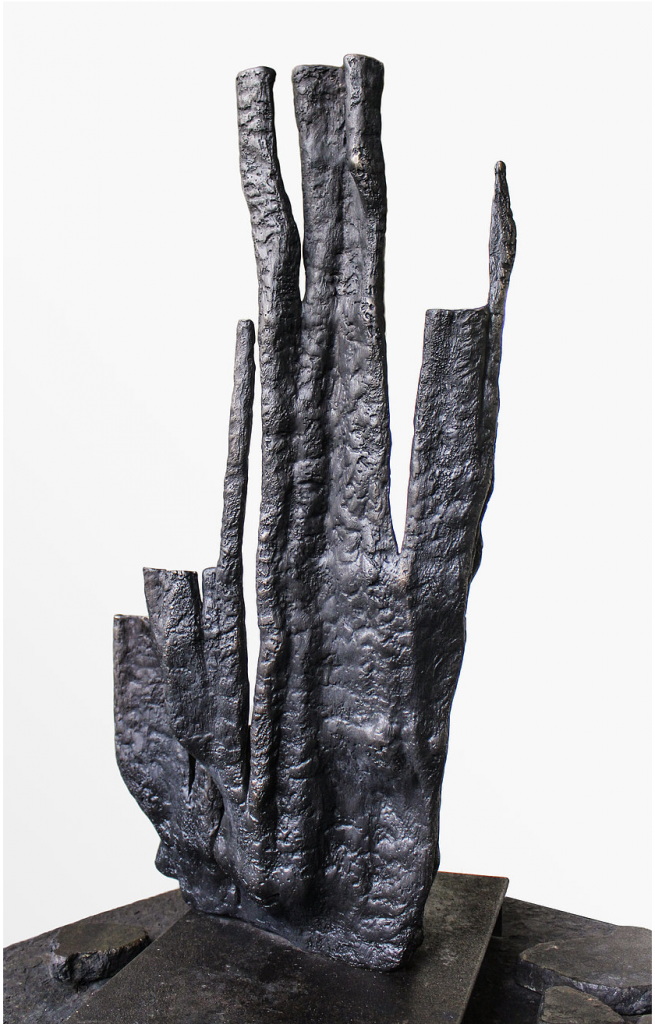
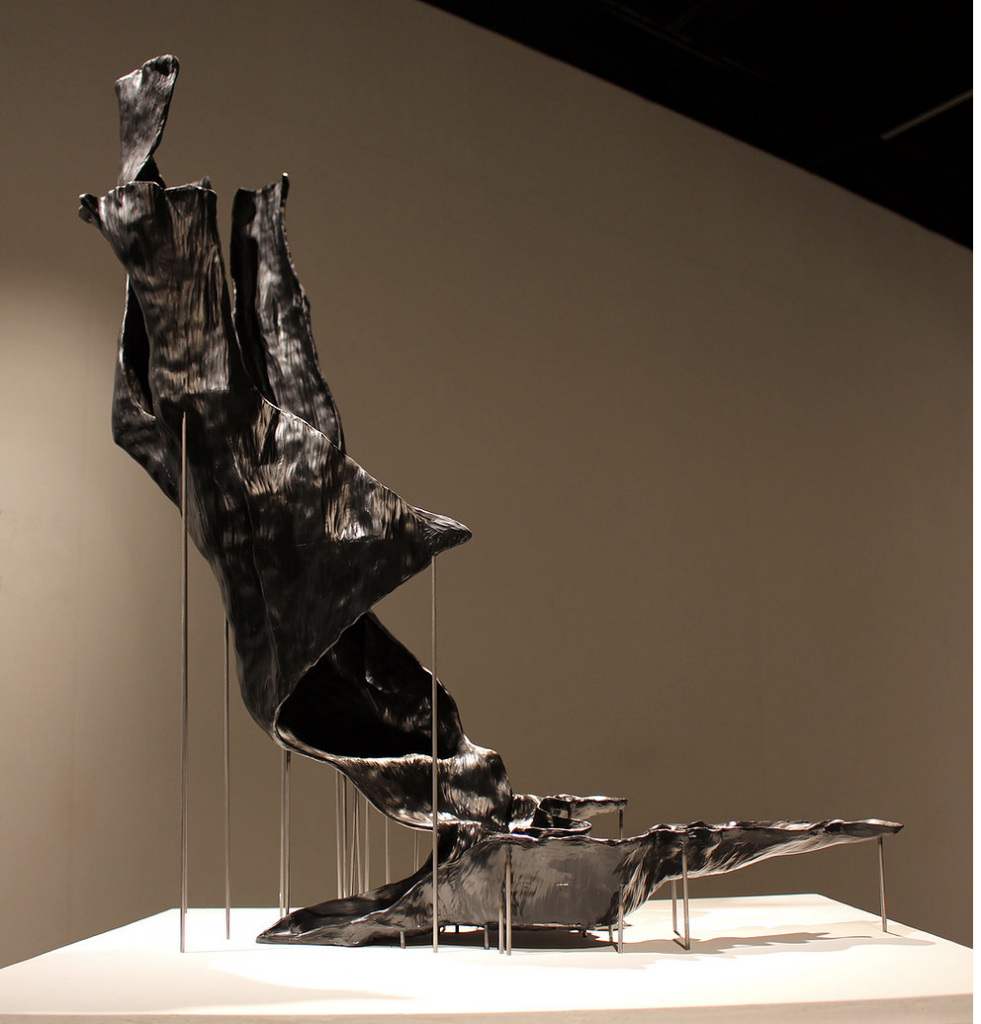
A Focus on Women and Non-binary Practitioners in Computational Art
When we talk about technology or computer science, and specifically about games or software developers, many always imagine them to be men. It is true since only 20% of computer science professionals are women thus it is understandable that many may assume that some specific developer will be a man and not a woman.
For this Looking Outwards writing assignment I chose an incredible woman, a woman thanks to whom this class of 15-104 even exists. It is Lauren Lee McCarthy, lead developer of p5.js! The project that obviously fascinates me is the development of p5.js but for this week’s I chose a McCarthy’s project called “I’m Glad You Asked”. “Commissioned for the NRW Forum AR Biennale in Düsseldorf, “I’m glad you asked” spreads over the museum grounds, augmenting the social landscape of the park.” I admire this project because it was created with an intention to bring people together, to create new acquaintances, friendships, relationships. On the museum grounds there were multiple benches that were virtually labeled with many different phrases that would pop up on your phone screen after scanning the bench. Some of these phrases were: “This bench is reserved for people who are feeling overwhelmed”, “This bench is reserved for people who have a lot of questions”, “This bench is reserved for people who are missing someone”, “This bench is reserved for someone who enjoys quiet”. People who identified themselves with some specific phrases would sit on the bench and another person could come up and ask them something like: “Hi, excuse me but do you also miss someone?” or “Are you also feeling overwhelmed”. It’s always easier to talk to strangers about your problems since their opinion about you won’t be biased and will most likely be true. The aspect of this project that I admire is the fact that such small talks could grow into big friendships and maybe even potential romantic relationships. If two people have something in common then this spontaneous conversation will start on its own.
Lauren Lee McCarthy (she/they) is an artist examining social relationships in the midst of surveillance, automation, and algorithmic living. Lauren has a BS Computer Science and BS Art and Design degrees from MIT and MFA degree from UCLA where she currently works as an Associate Professor for UCLA Design Media Arts. She is working with performance, software, electronics, internet, film, photography and installation. As it was stated before, Lauren is the lead developer of the p5.js, “an open-source art and education platform that prioritizes access and diversity in learning to code, with over 1.5 million users. She expands on this work in her role on the Board of Directors for the Processing Foundation, whose mission is to serve those who have historically not had access to the fields of technology, code, and art in learning software and visual literacy.” (https://lauren-mccarthy.com/Info) In many of her computational projects, Lauren uses the idea of communication and interaction with other people or where new people meet other new people due to her social anxiety. Lauren once stated that she felt jealous of how Amazon Alexa has an intimate place in people’s lives without even trying. McCarthy uses her knowledge of computer science and her unique thinking and creativity to help people socialize and learn more about technology, especially if people didn’t have a chance or opportunity to do so before. Her actions are very honorable and I respect Lauren as a human being and as a programmer. “I create performances inviting viewers to engage. To remote control my dates. To be followed. To welcome me in as their human smart home… Each work feels like an attempt to hack my way out of myself and into closeness with others. I am embodying machines, trying to understand that distance between the algorithm and myself, the distance between others and me. There’s humor in the breakdown, and also moments of clarity. Who builds these artificial systems, what values do they embody? Who is prioritized and who is targeted as race, gender, disability, and class are programmatically encoded? Where are the boundaries around our intimate spaces? In the midst of always on networked interfaces, what does it mean to be truly present?” These excerpts from Lauren’s personal statement show us that she truly cares for people and that she truly loves what she does.
https://lauren-mccarthy.com/Im-glad-you-asked – link to the project
https://lauren-mccarthy.com – Lauren Lee McCarthy’s website
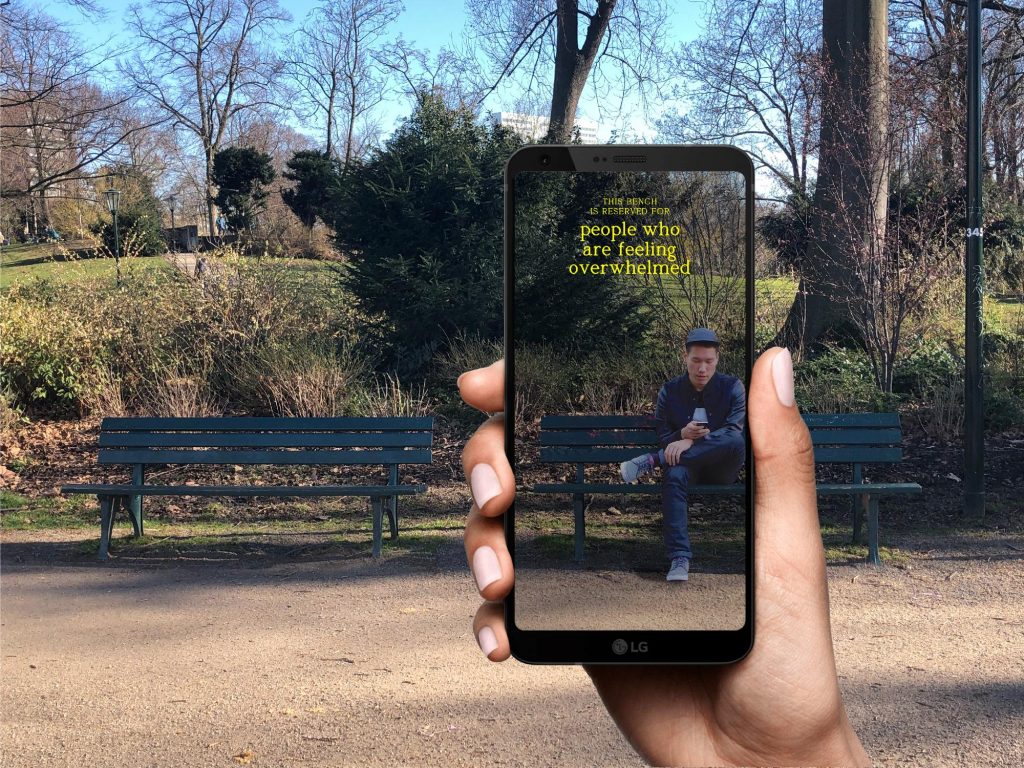
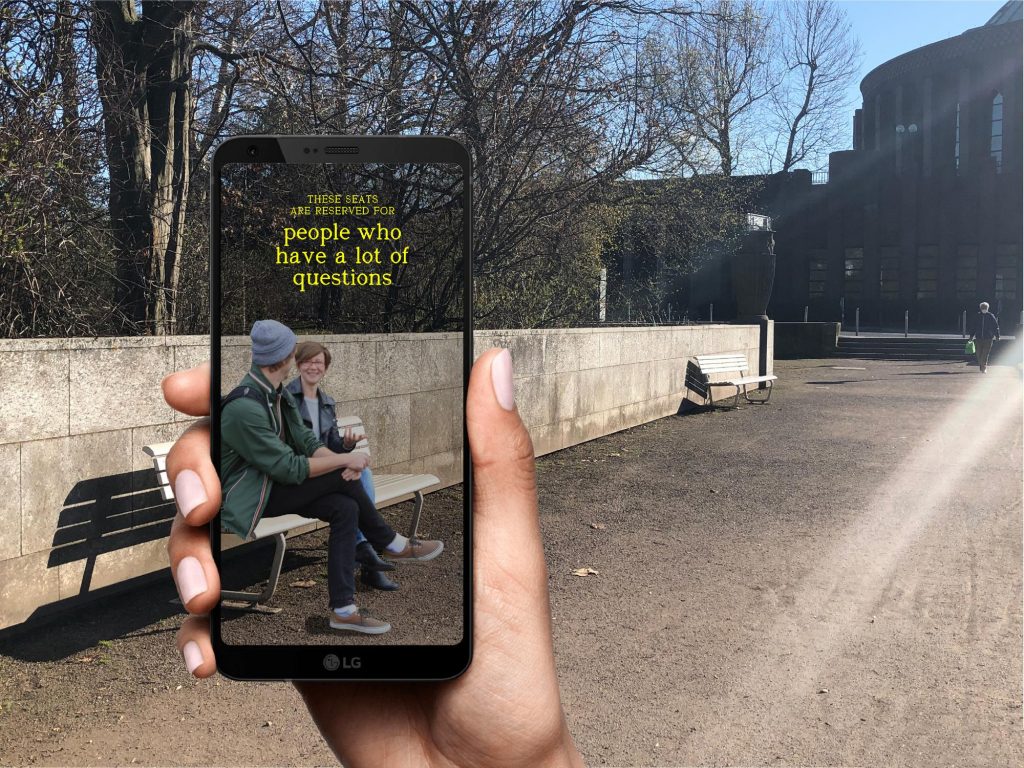
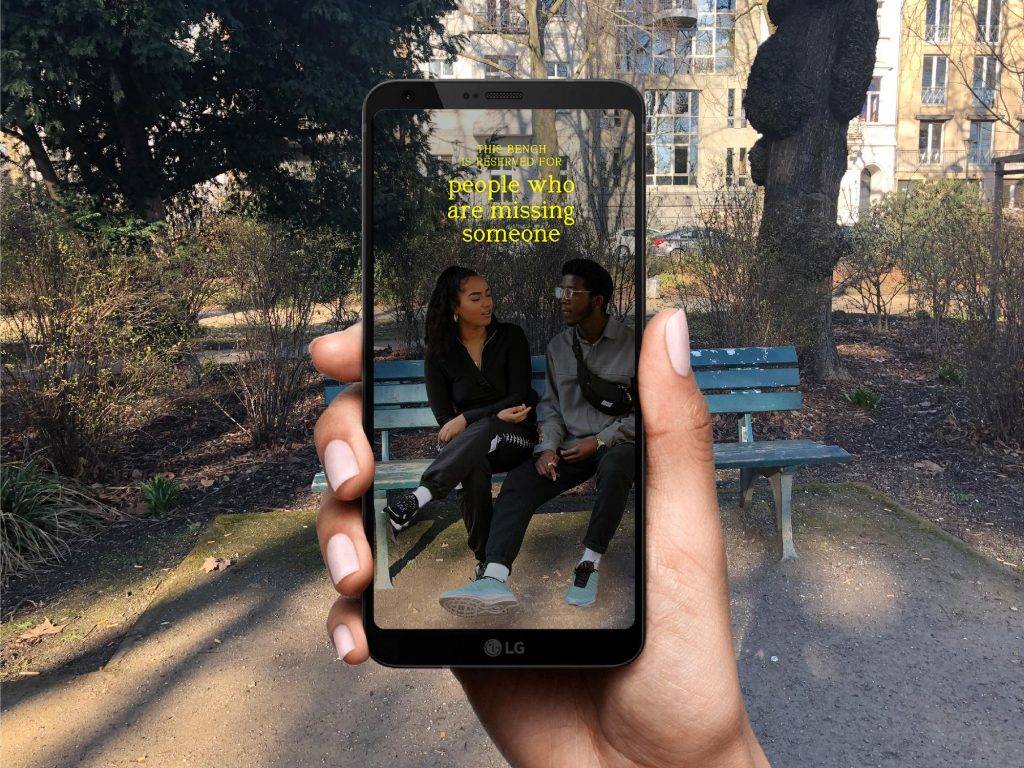
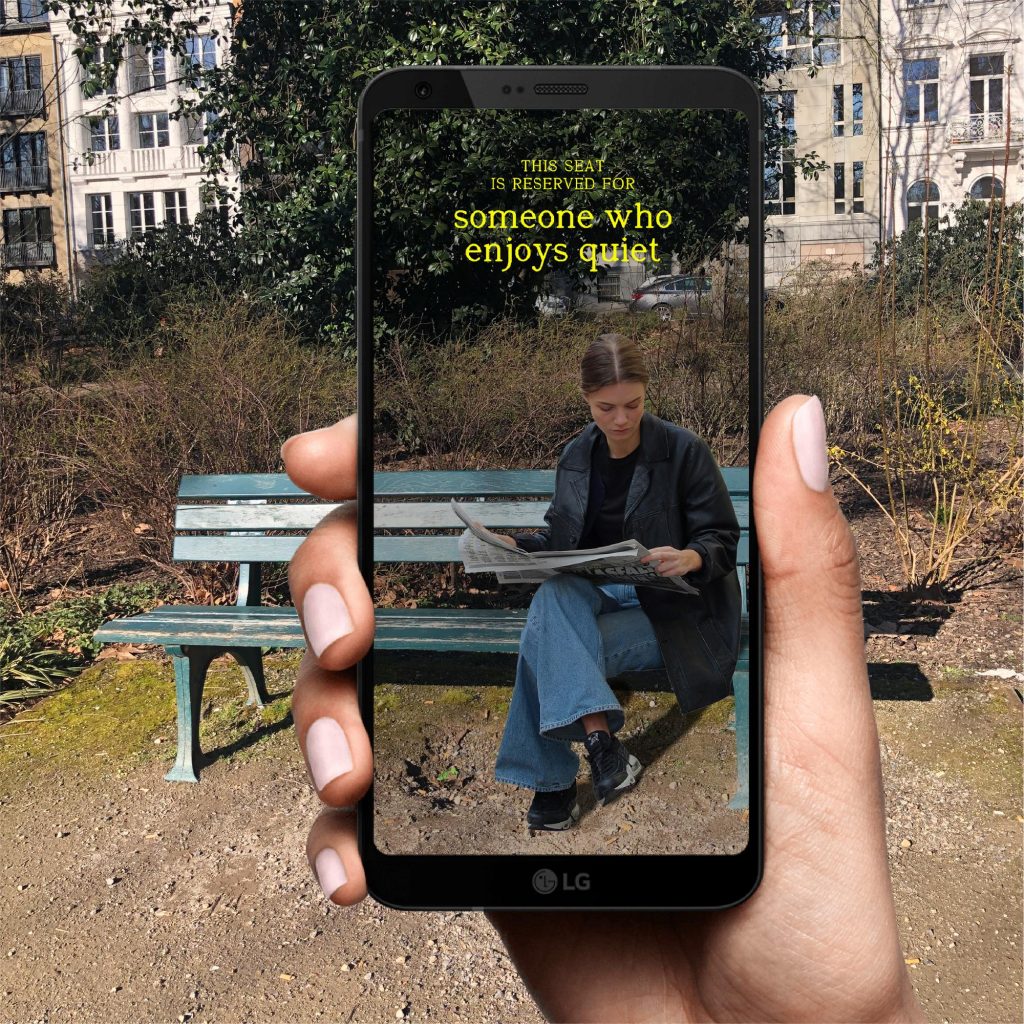
Looking Outwards 09: A Focus on Women and Non-binary Practitioners in Computational Art
The “Augmented Hand Series” is a real-time interactive software system that presents playful transformations of participants’ hands. The project was developed in 2013-2014 by Chris Sugrue, Golan Levin, and Kyle McDonald. Chris Sugrue, currently based in Paris, is an artist and programmer developing interactive installations, audio-visual performances, and experimental interfaces. She received her Masters degree in Fine Arts in Design and Technology from Parsons School of Design. Since then, she worked as a creative engineer, a lead developer, and also as a teaching artist. She enjoys experimenting with technology in playful and curious ways. The “Augmented Hand Series” is one great example. The project is presented as a box that allows visitors to insert their hands, then a screen will display a “reimagined” version of their hand. For instance, there may be an extra finger on their hand or a finger is relocated to the other side of the palm. I find this project to be extremely interesting because it provides such a dynamic and fun way for visitors to interact with the software. The resulting behavior of the displayed hand depends on both the visitor and the algorithm. I really admire that dynamic aspect of this series.
Looking Outwards 08: The Creative Practice of an Individual
The artist I chose to learn about this week is Alexander Chen, a Creative Director at Google Creative Lab who focuses primarily on music visualization. He has contributed to a plethora of tools and gadgets that bring a new perspective to sound. One of his projects, the Spectrogram, is probably the most visually appealing spectrogram widely used on the internet. In his Eyeo Festival presentation, he demonstrated how different types of sounds look on the spectrogram and how harmonies can be easier to conceptualize when the frequencies are mapped out spatially. Other projects of his, like a string instrumental version of the New York City subway system and its real-time schedule, bring together many abstract ideas into one cohesive work. I personally love the simple style of his pieces and the way he chooses to follow curiosity to create unique experiences. As a musician working in production and engineering, it is exciting to see new ways of experiencing music and to think about sound through a brand new lens.
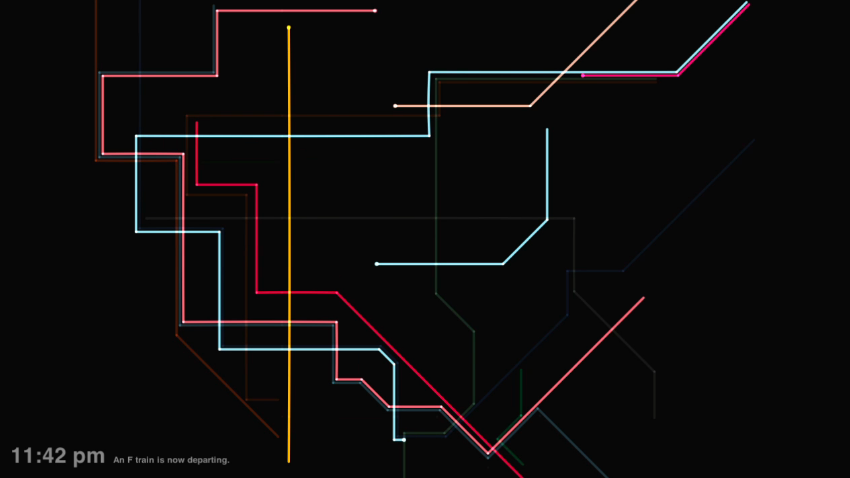
Looking Outward – 08
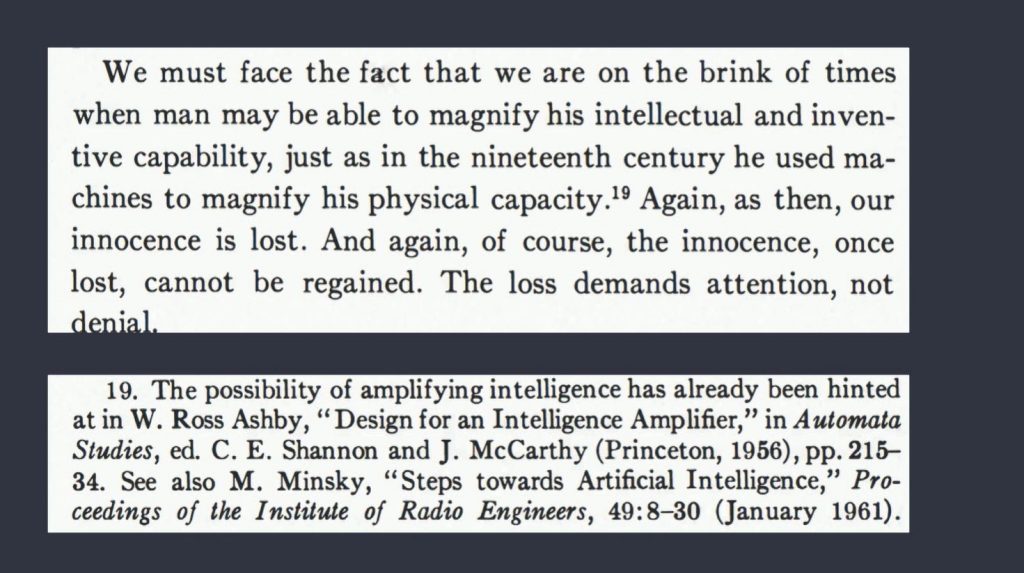
Molly Wright Steenson has studied artificial intelligence and its relation to architecture. In her talk at Eyeo in 2017 she goes back to the origins of artificial intelligence and explains how this process is new at all. She’s a professor here at CMU in the School of Design. She studied Architecture at Princeton and then got a master’s in environmental design at Yale. As a historian she studied artificial intelligence and traced how it’s poured over into various aspects over the last 50 years. She describes herself as a writer, professor, historian, and designer. Most recently she works as a professor researching the “history of design, architecture, computation and artificial intelligence.” Steenson studies the past very deeply in order to understand how the topic will affect the future. Specifically, in her Eyeo talk she highlights the importance of the history of artificial intelligence by understanding the ideas of influential people within the field since the beginning. She looks at three architects, Cedric Price, Nicholas Negroponte, and Christopher Alexander, that connect to artificial intelligence. One more recent project that’s interested me is her connection of the internet to the pneumatic postal service starting in the late 19th century. In her essay, “A Series of Tubes”, she goes into depth about the history of the internet and computation, going as far back in time to the beginnings of the postal service. The way she presents her ideas is really effective because she shifts people’s perspective from all the things they presently hear on the topic and boils it down to the history of her ideas. In this way she connects the audience to a larger context of the topic and creates a base understanding that supports her beliefs. I could learn from this on my own projects by digging deep into the roots of my topic or issue, understanding the complexities within the history to see the underlying connections that would help reach an audience, giving them a larger outlook before going into specifics.
Website Link: http://www.girlwonder.com/
Essay Link: https://muse.jhu.edu/article/780725
LO-08: The Creative Practice of an Individual
For this Week’s LO, I am talking about Game Designer and Artist, Christina “Phazero” Curlee. She initially was a Fine Artist – doing installation and painting work before getting into Video Games and Video Game Design.
The reasons for her getting into Video Games involved the openness of expression, ability to connect with others, and the lack of need for funding (like that of art installations). She describes herself as a Video Artist as well.
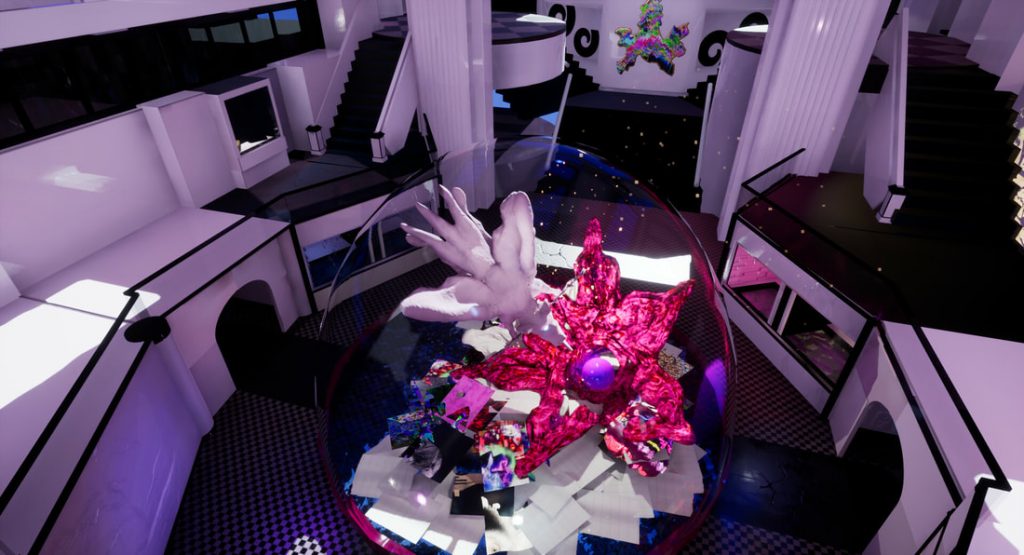
As for her work, she incorporates psychology, social justice, and self-exploration. This can be seen with her game Artifacts II that deals with the mind, trauma, and memories. I really admire how she incorporates very serious themes and topics into her work. Things that are considered to be very private and personal. But she does it to help others – which is very admirable. I also love her style which is very nonconformist when compared to Video Games in the mainstream.
Finally, I admire how everything she does is self-taught. Something like that is inspirational to me because I want to self-teach myself a lot of things – like coding and video game design. As for presentation, she is open about herself and what she created. She also focuses on how others interact with her work.
I can definitely learn more regarding both from her.
Here are the links to the EYEO Lecture, her website, her game Artifacts 2, and her about me. [Note that her website is not https protected, so be cautious of that]
LO8
For this week’s looking outwards I researched Matt Zumwalt, who was an eyeo speaker in 2019. Zumwalt is an engineer and scholar based in Philadelphia. He describes himself as a “queer Buddhist software creator,” and has studied software engineering and cognitive science. His work pertains largely to presenting information and open-sourced software. He has developed several hackable Ruby libraries to ease presenting data and large-scale informatics in rails. Much of his work also revolves around meditating on the nature of technology. He wrote an article titled “the internet has been stolen from you” where he discusses the non-cooperative nature of modern industry and its opposition to open-sourced innovation and free transfer of information.
![[OLD SEMESTER] 15-104 • Introduction to Computing for Creative Practice](../../../../wp-content/uploads/2023/09/stop-banner.png)